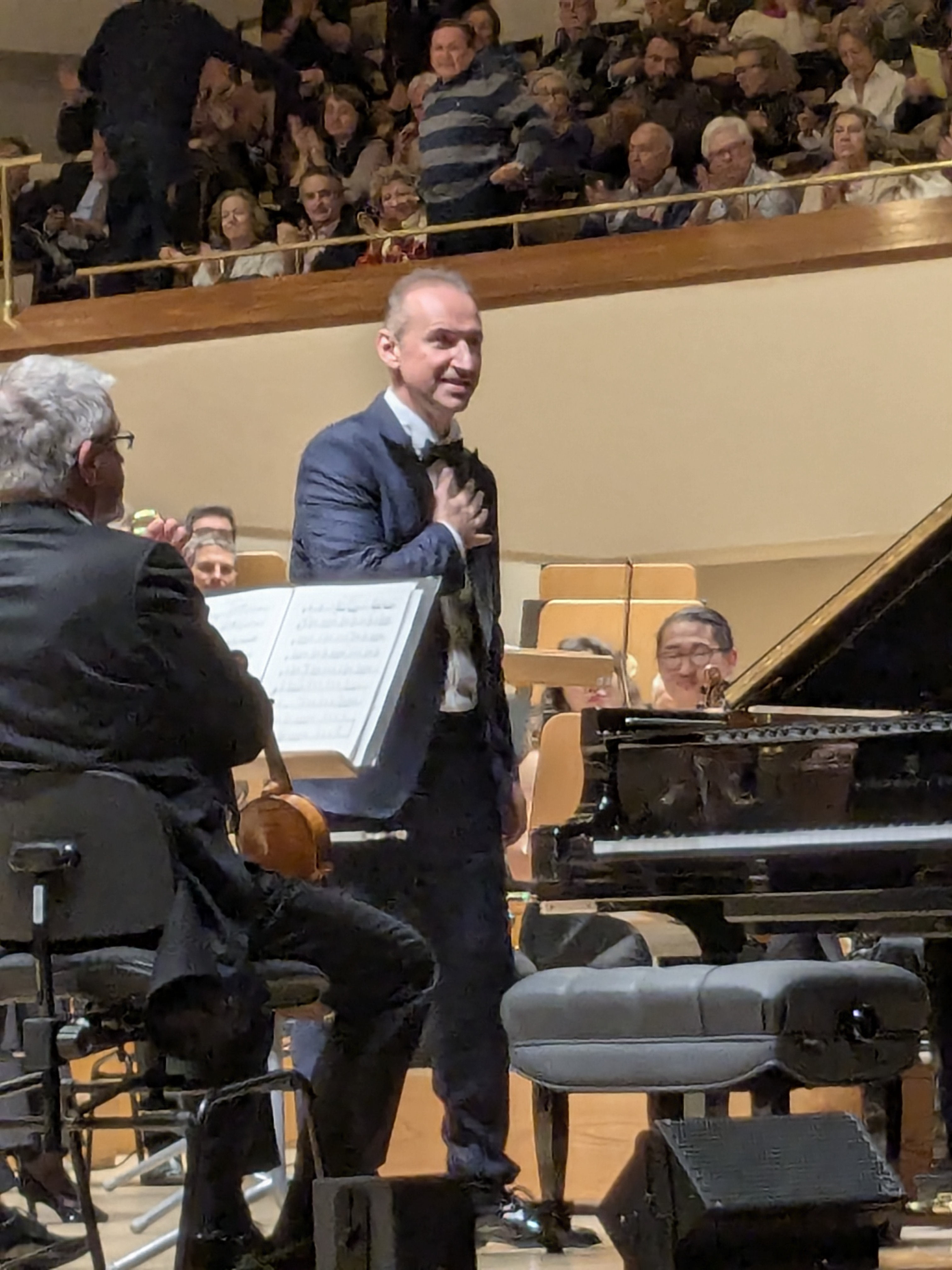Latest News

Prokofiev's Piano Concerto No. 3 , the most famous of his five concertos, is a true test of virtuosity for the soloist. From the frenetic first movement, the electrifying tone that conductor and pianist would adopt as the premise of their performance was immediately clear, all without sacrificing clarity of expression. Simon Trpčeski himself, when addressing the audience before playing a couple of encores, mentioned that he was celebrating his twenty-fifth anniversary as a performer, so perhaps it would be somewhat redundant to comment here on how technically and expressively impeccable his interpretation was. Furthermore, he possesses a natural charm that makes him a delight to the audience when he is on stage. The variations in the second movement were very elegant, and the third movement was exciting in its tempo. The ovations for Trpčeski were well-deserved, and he immediately shared them with the orchestra and the conductor.

